In the ever-evolving world of agriculture, the fusion of technology and nature is ushering in a new era known as “Connected Agriculture.” This article, titled “Connected Agriculture Chronicles: Navigating IoT for Sustainable Harvest,” is a comprehensive exploration of how the Internet of Things (IoT) is reshaping farming practices, emphasizing sustainability and efficiency.
1. Introduction to IoT in Agriculture
Connected Agriculture represents a paradigm shift in farming, where IoT technology takes center stage. IoT in agriculture involves a network of sensors, automated machinery, and data analytics that collaborate to optimize farming operations, delivering a blend of productivity and environmental responsibility.
2. Precision Farming: The Heart of Connected Agriculture
At the core of Connected Agriculture lies precision farming, a methodology empowered by IoT. Utilizing sensors and drones, precision farming collects data on soil conditions, crop health, and environmental factors. This data-driven approach allows farmers to make informed decisions, optimizing resource use and reducing ecological impact.
3. IoT’s Influence on Livestock Management
IoT technologies extend their reach to livestock management, enabling real-time monitoring of animal health and behavior. This data-driven approach improves animal welfare, disease prevention, and resource management, enhancing sustainability in livestock farming.
4. Smart Greenhouses and IoT Integration
Smart greenhouses are at the forefront of controlled environment agriculture, enriched by IoT technology. These advanced structures employ sensors and automated systems to maintain optimal growing conditions, leading to higher crop yields with reduced resource consumption.
5. IoT’s Role in Enhancing the Agricultural Supply Chain
The agricultural supply chain benefits immensely from IoT technology. Tracking systems ensure the quality and safety of agricultural produce from farm to consumer, reducing waste and enhancing food safety, which are critical components of sustainability.
6. Overcoming Challenges and Embracing the Future
While IoT promises substantial benefits for agriculture, it presents challenges such as high initial costs and concerns over data security. However, as technology continues to evolve and awareness of sustainability grows, these challenges are being addressed, driving the adoption of IoT in agriculture.
In conclusion, Connected Agriculture powered by IoT is steering farming towards a sustainable future. Through precision farming, livestock management, smart greenhouses, and supply chain enhancements, IoT is revolutionizing agriculture, promising a future where productivity and environmental stewardship coexist harmoniously.
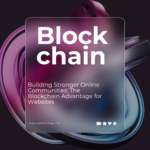
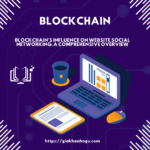





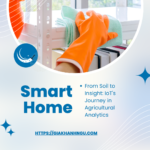


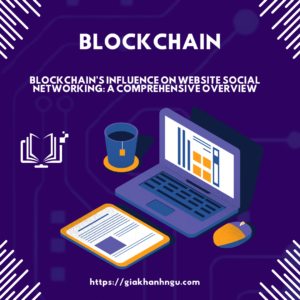
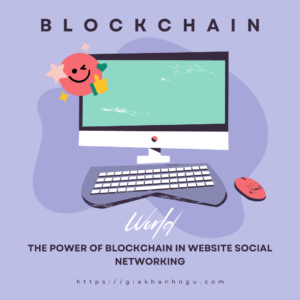
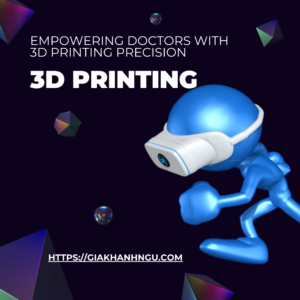
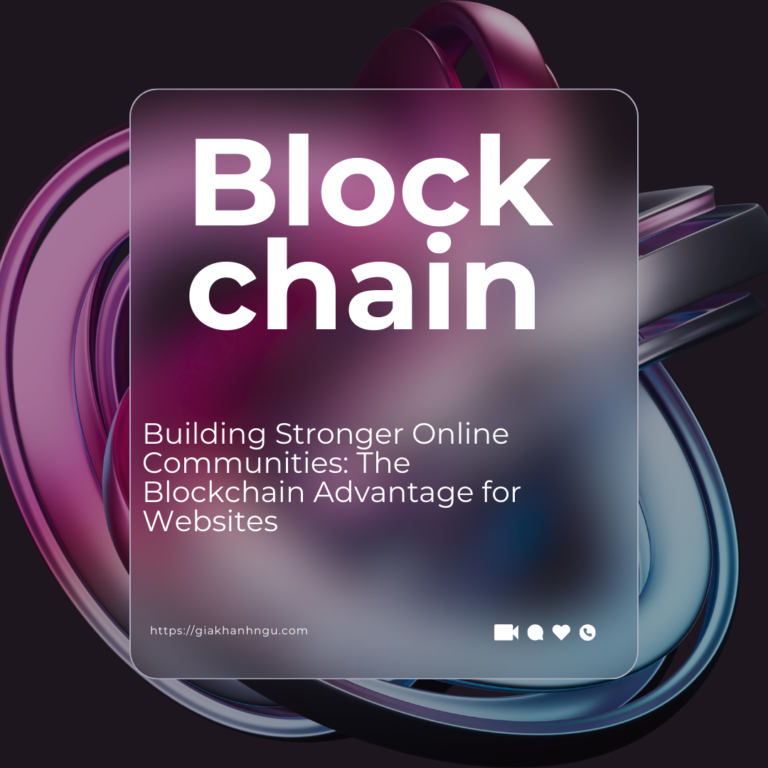


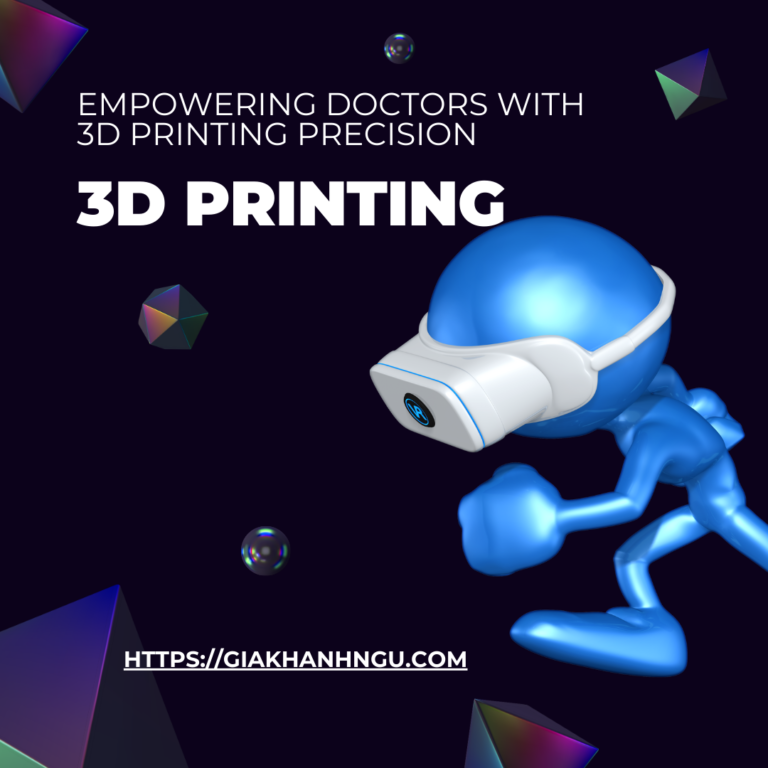



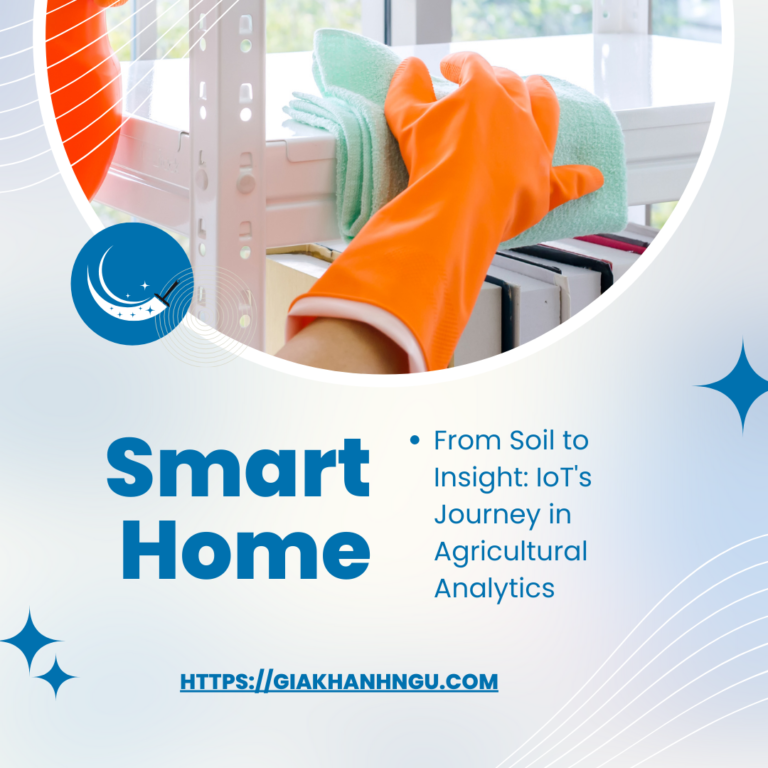
+ There are no comments
Add yours